ライフ・サイエンス
共焦点顕微鏡システム
ベンチトップ型共焦点顕微鏡ベンチトップ型蛍光顕微鏡ベンチトップ型超解像顕微鏡Image Analysis Software
Imaris PackagesImaris Free Trial
顕微鏡ソリューション
光刺激ソリューション顕微鏡用レーザーエンジンCryostats for MicroscopyControl Software
Solis ソフトウェア パッケージソフトウェア開発キット
サービス
Andor’s SWIR camera series, now including First Light Imaging C-RED SWIR cameras, provide superb sensitivity and speed performance across the Short-Wave Infra-Red wavelength domain. Technologies include market-leading InGaAs and the unique single photon sensitive ‘e-APD MCT’ imaging innovation.
To celebrate the launch of C-RED cameras we are offering exclusive prices for existing customers until the end of December.
C-RED SWIR Cameras are in stock and ready to ship!
SWIR camera features include:
Andor offer a comprehensive range of imaging and spectroscopic SWIR cameras, spanning a wide envelope of performance attributes. From state-of-the-art single photon sensitive, 90K cooled, ultra-high performance detectors to compact price/performance SWIR cameras for fast industrial imaging applications, we can guide you towards a solution that answers your needs.
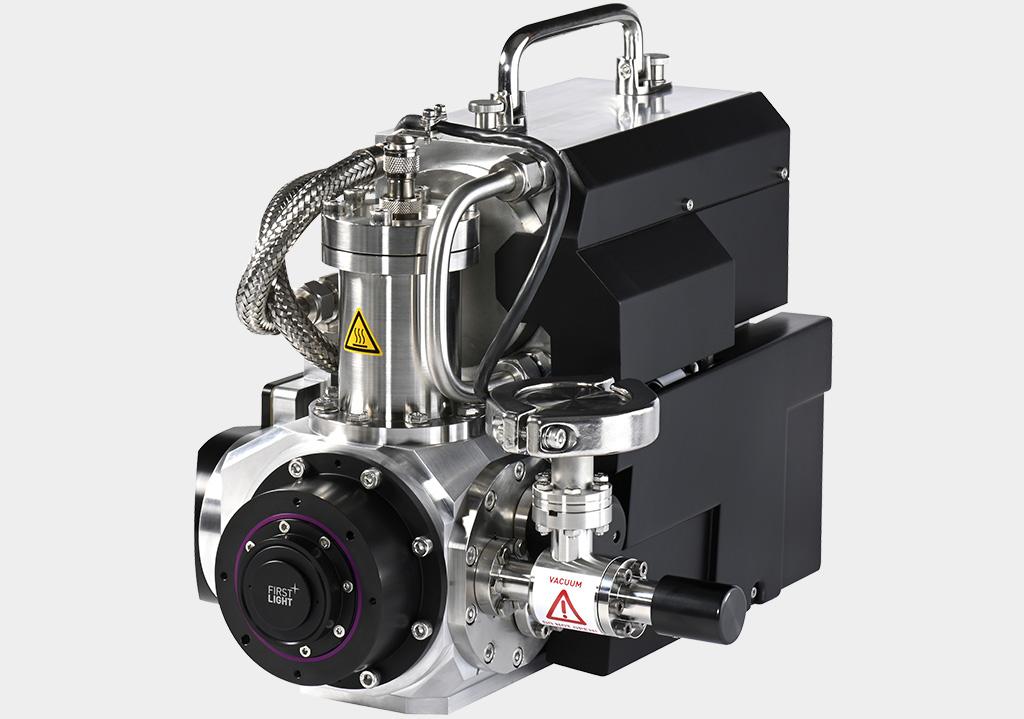
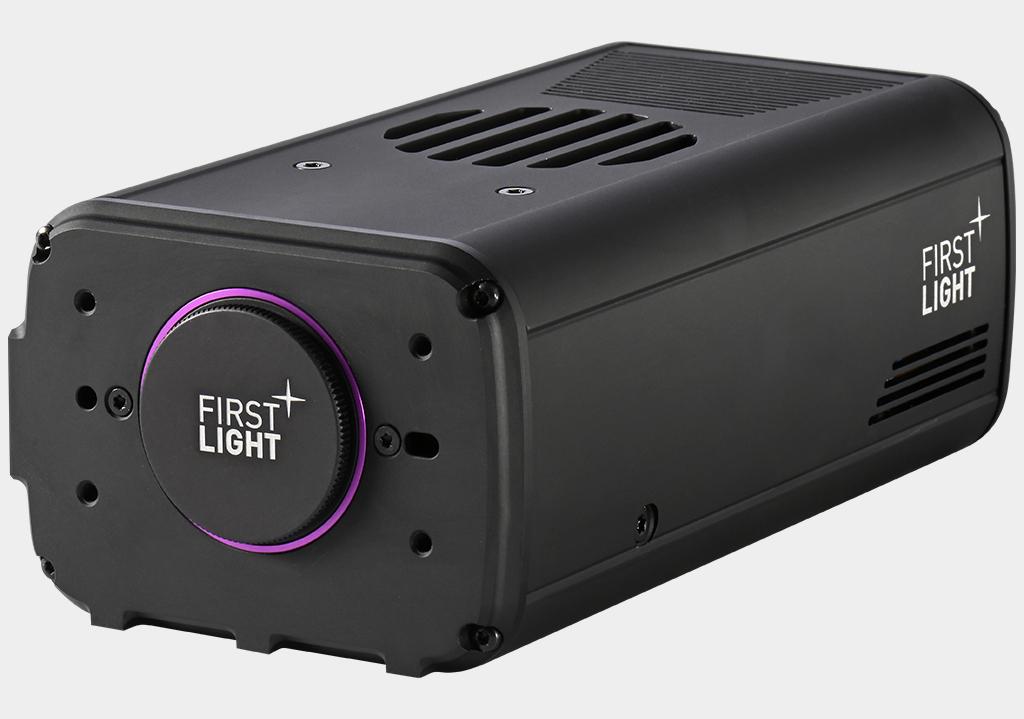
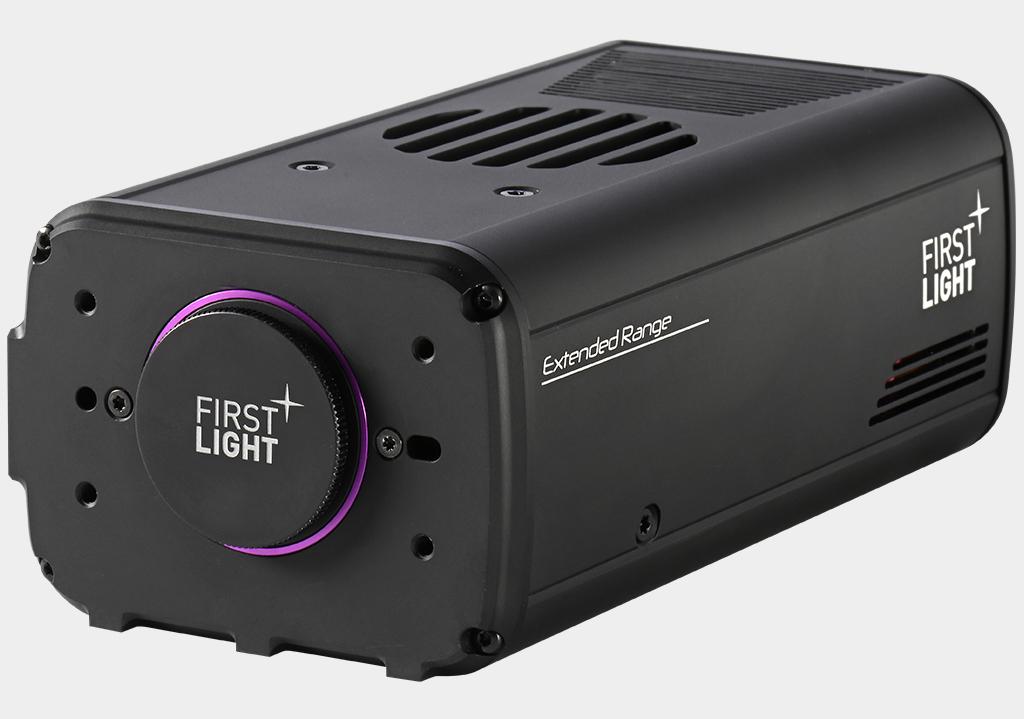
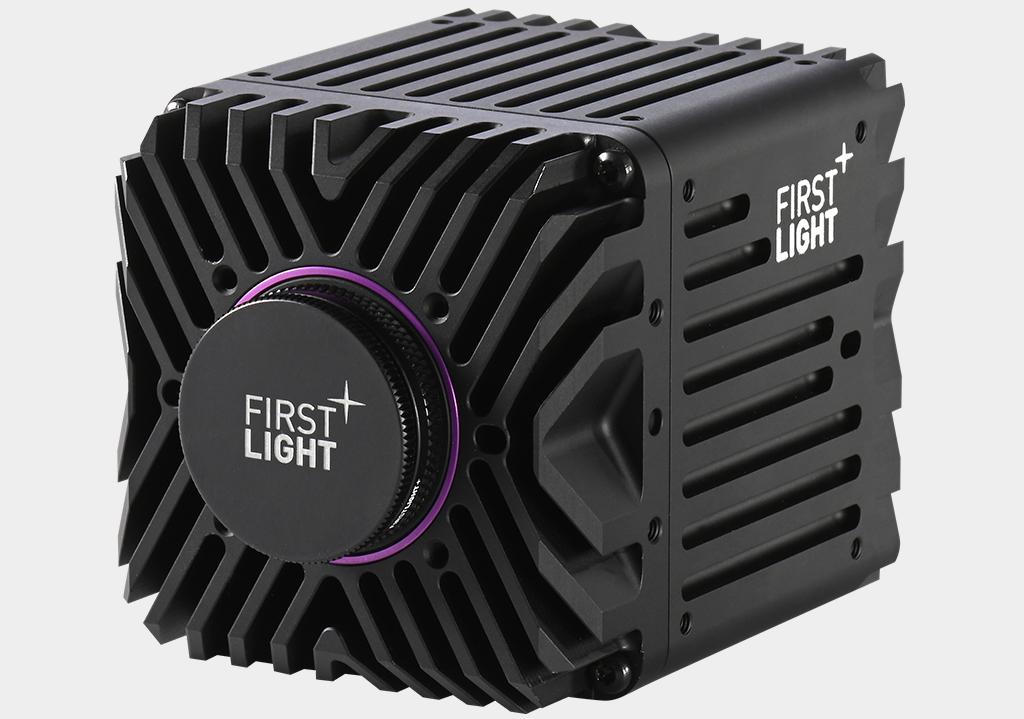
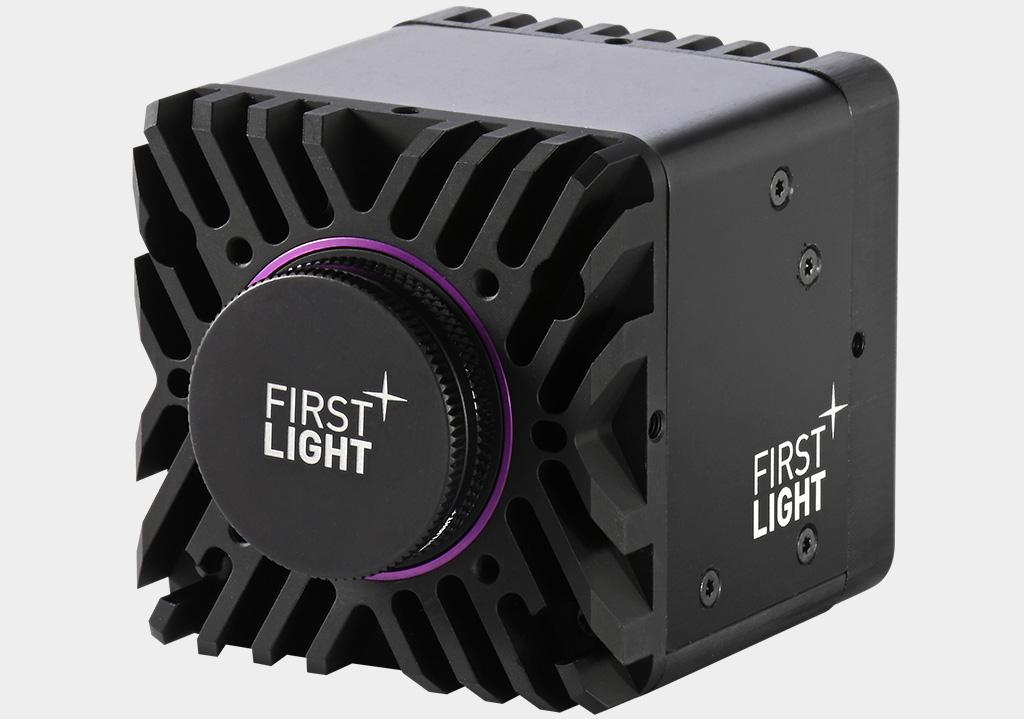
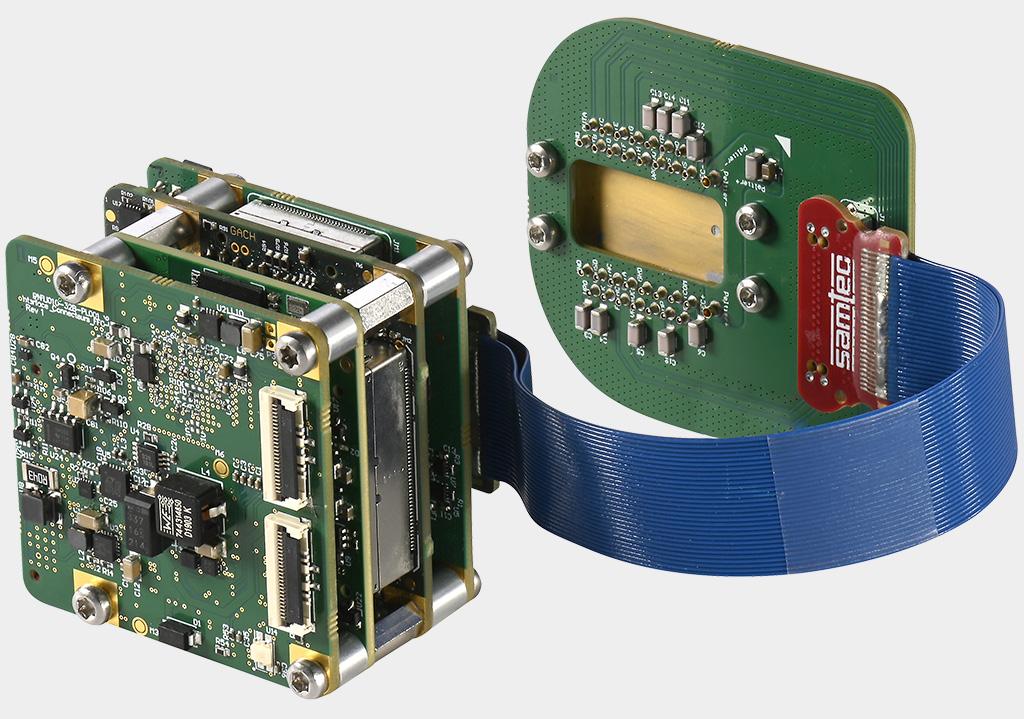
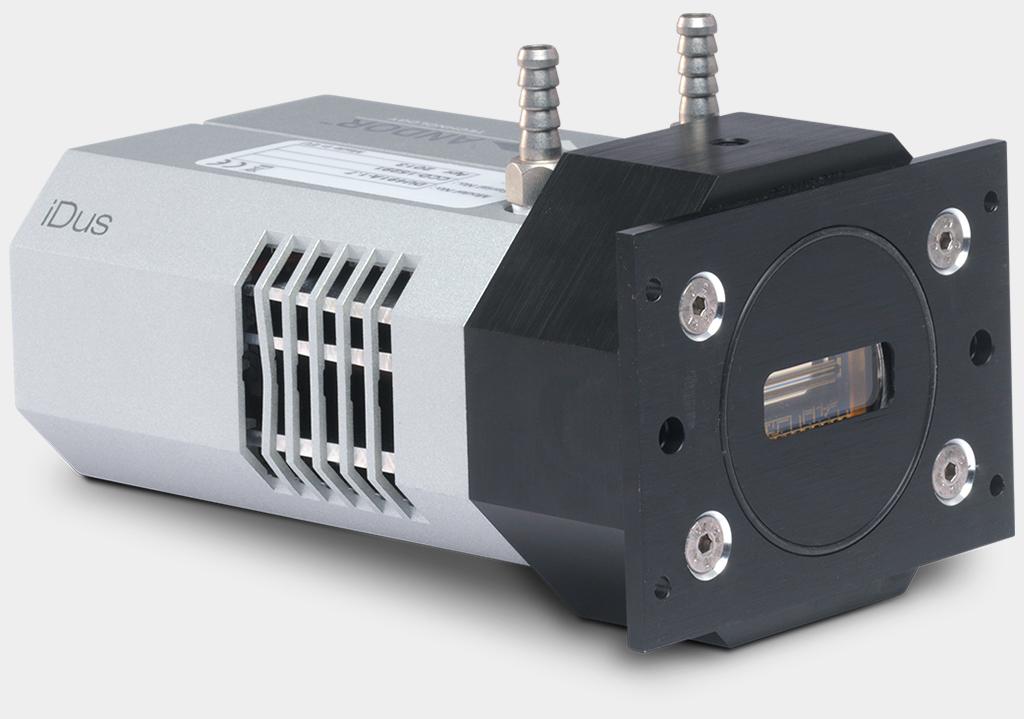

There are many parameters to consider when selecting a SWIR camera. While the specification sheets for each model will provide the most comprehensive overview for each, the table below provides a helpful comparative specification overview.
Application will drive the choice of sensor technology and camera. Filter the below model comparison table by application to help find the detectors that best meet your needs.
| モデル | C-RED One | C-RED 2 | C-RED 2 ER | C-RED 2 Lite | C-RED 3 | C-RED New Space | iDus InGaAs 1.7μm | iDus InGaAs 2.2μm |
| (mm) | e-APD MCT | InGaAs | InGaAs | InGaAs | InGaAs | InGaAs | InGaAs | InGaAs |
| センサフォーマット | 320 x 256 | 640 x 512 | 640 x 512 | 640 x 512 | 640 x 512 | 640 x 512 | 1025 x 1 512 x 1 |
1025 x 1 512 x 1 |
| 画素サイズ (µm) | 24 | 15 | 15 | 15 | 15 | 15 | 25 x 500 50 x 500 |
25 x 250 50 x 250 |
| Wavelength Range (µm) | 0.8 - 2.5 | 0.9 - 1.7 | 1.1 - 1.9 1.2 - 2.2 |
0.9 - 1.7 | 0.9 - 1.7 | 0.9 - 1.7 | 0.9 - 1.7 | 0.9 - 2.2 |
| 最大QE (%) | 80 | 85 | 82 (1.9) 85 (2.2) |
80 | 78 | 80 | 80 | 80 |
| 冷却 (°C) | -183 | -40 | -40 (1.9µm model) -55 (2.2µm model) |
25 below case temp | Uncooled | Environment Dependent | -90 | -90 |
| (full array) | 3500 fps | 600 fps | 600 fps | 600 fps | 600 fps | 600 fps | 193 sps | 193 sps |
| 読み取りノイズ (e-) | < 1> | 23 | 32 (1.9µm model) 36 (2.2µm model) |
28 (@ 5C cooled) | 37 | < 30 | 580 | 580 |
| Darkcurrent (e-/pix/sec) | < 80 @ -183C | 310 @ -40C | 19,500 @ -40C 130,000 @ -55C |
25,000 @ +5C | 817,000 @ +40C | TBD | 11,000 @ -90C | 5,000,000 @ -90C |
| ピクセルウェル深度 (e-) | 100,000 | 1,400,000 | 1,500,000 | 1,400,000 | 1,400,000 | 1,400,000 | 1,700,000,000 | 1,700,000,000 |
| (Shutter) | Global | Global | Global | Global | Global | Global | Global | Global |
| インタフェース | Camera Link | USB 3.1 Gen 1 Camera Link |
USB 3.1 Gen 1 Camera Link |
USB 3.1 Gen 1 Camera Link |
USB 3.1 Gen 1 Camera Link |
USB 3.1 Gen 1 Camera Link |
USB 2.0 | USB 2.0 |
| 詳細はこちら | Specifications | Specifications | Specifications | Specifications | Specifications | Specifications | Specifications | Specifications |
| お問い合わせ | Pricing | Pricing | Pricing | Pricing | Pricing | Pricing | Pricing | Pricing |
Today, visible cameras are established and versatile tools in astronomy. Short Wave Infrared (SWIR) camera technology for astronomy is now also quickly maturing to provide complementary observing capability at infrared wavelengths, opening paths to new discoveries and ever improved methods of studying the universe. Compared to those in visible light, SWIR observations reveal astrophysical phenomena that are cooler (cool/evolved stars, brown dwarfs, planets and exoplanets), more redshifted (galaxies, supernovae, cosmology), or obscured by dust (protostars, protoplanetary disks, galactic sources).
Astronomers use SWIR cameras to study the J-band (1.1 – 1.4μm), H-band (1.5 – 1.8 μm ) and K-band (2.0 – 2.4 μm).
C-RED 2 and C-RED 2 ER are superb options for covering this wavelength range.
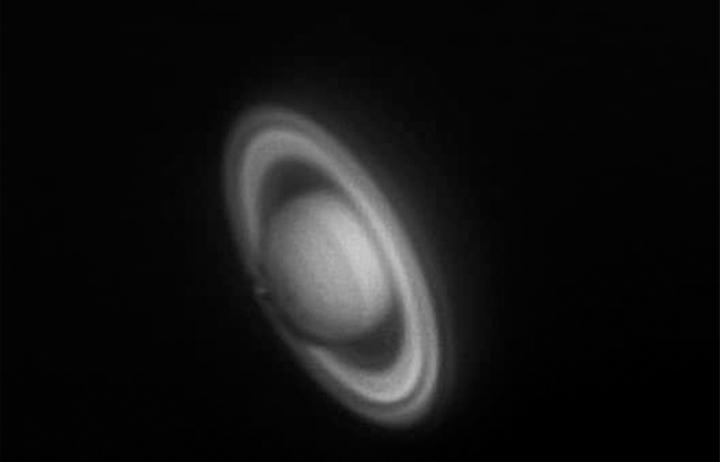
Astronomy imaging in the SWIR range. Image of Saturn at 50 ms exposure with C-RED 2. Courtesy of JL Gach, First Light Imaging.
Contact Our Application SpecialistsWavefront sensing and correction through Adaptive Optics (AO) instrumentation enables real-time reduction in image distortion caused by atmospheric turbulence. AO systems afford considerable enhancement of both signal-to-noise ratio and spatial resolution for ground-based observations of objects in space. Wavefront sensors record the rapid variation of a wavefront, providing critical inputs to AO control and wavefront correction systems. Wavefront sensing in the SWIR wavelength domain is becoming increasingly prevalent and effective.
The First Light Imaging range for AO includes market-leading SWIR solutions such as the 3500 fps single photon sensitive C-RED One and the 600 fps InGaAs C-RED 2. It also includes a highly cost-effective C-RED 3 solution, delivering 600 fps from a compact, uncooled platform.
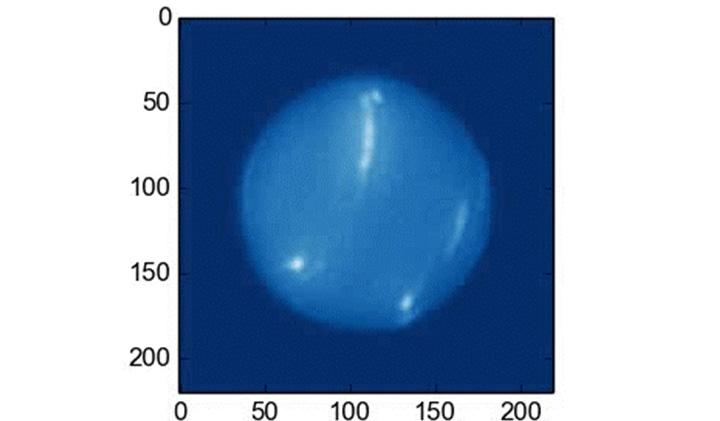
Neptune in the SWIR range with C-RED 2. Courtesy of SCExAO, NAOJ.
Contact Our Application SpecialistsA telescope’s ability to spatially resolve astronomical objects is limited by the size of its primary mirror. Interferometry is a technique used to overcome this limitation by precisely combining light collected by an array of small telescopes to achieve the spatial resolving power (without the light collecting capability) equivalent to that of a telescope with a single primary mirror the size of the full array. This technique has a long history in radio astronomy and is increasingly being adopted at visible and infrared observatories to resolve binary stars, planetary systems, and stellar surface features (e.g. starspots). Interferometers need very precise phase matching of light collected across the array, which, owing to atmospheric turbulence, can only be achieved with very short (ms) exposure times. Atmospheric coherence times tend to be slightly longer at SWIR wavelengths, but the photon count per exposure can still be very low.
Capable of 3500 fps full frame readout and electron multiplication, the C-RED One camera from First Light Imaging delivers revolutionary sensitivity and speed for the most demanding SWIR interferometric observations.
Further Reading
A Highly Sensitive Six-telescope Interferometric Imager at the CHARA Array
A high angular resolution K-band imager at CHARA
Advances in Optical/Infrared Interferometry
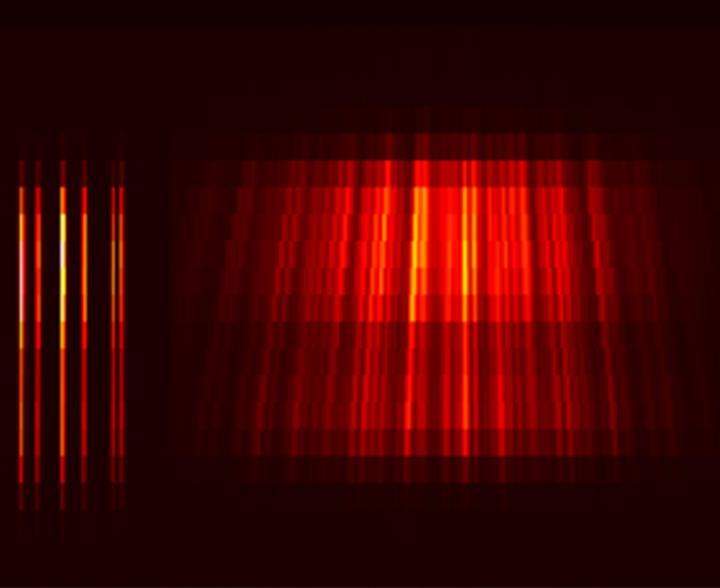
Typical C-RED One detector readout with six telescope delay from the MIRC-X instrument operating in All-In-One mode at the CHARA array. Photometry is measured at each wavelength channel on the left of the detector readout and interferometric fringes are formed on the right. Fringes from all 15 baselines are superimposed at non-redundant spatial frequencies. (from Setterholm et al. 2022, Proc. SPIE 12183, Optical and Infrared Interferometry and Imaging VIII, 121830B)
Contact Our Application SpecialistsLaser beam profiling is a technique used to measure and analyse the spatial characteristics of a laser beam. It provides information on intensity distribution, shape, and size. It has multiple applications:
Andor’s C-RED series provide a range of fast and sensitive solutions for beam profiling in the SWIR domain. C-RED 2 Lite and C-RED 3 provide cost-effective solutions for studying temporal characteristics at 600 fps. C-RED One provides temporal resolution at 3500 fps.
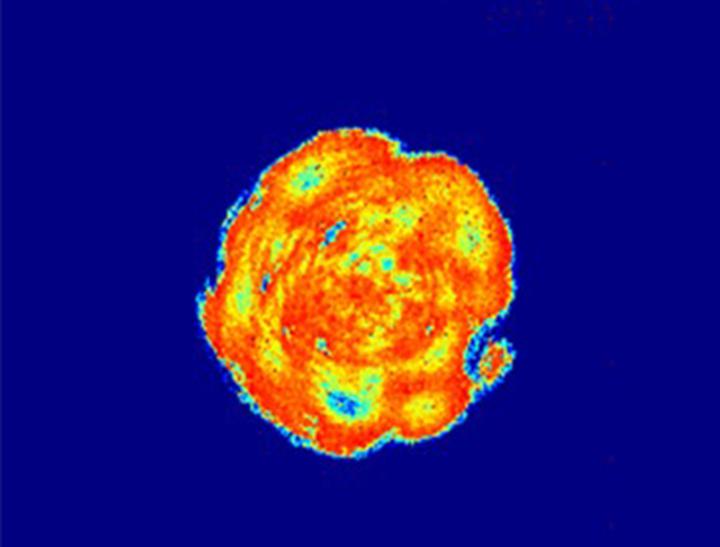
Typical top-hat laser power distribution. Acquisition with a C-RED 3 camera
Contact Our Application SpecialistsHyperspectral imaging combines digital imaging with spectroscopy, adding a spectral dimension to conventional imaging. It is a mature technique for the analysis of agricultural fields, forest, or mines. In the past few years, it has emerged as an important tool for the industrial analysis of products (drugs, plastics, food, etc.).
In the SWIR band (900-2500nm), hyperspectral imaging is an emerging technology for production control. The advantages of simultaneous access to spatial and spectral characteristics of an object provide valuable information on the chemical composition of its surface.
Andor’s C-RED camera series presents a wide range of fast and sensitive, cameras for Hyperspectral, across the full SWIR wavelength range. C-RED 2 Lite is a temperature-stabilized, cost-effective solution in the 900-1700nm range, whereas C-RED 2 ER can be very effectively utilized to extend coverage out to 2200nm.
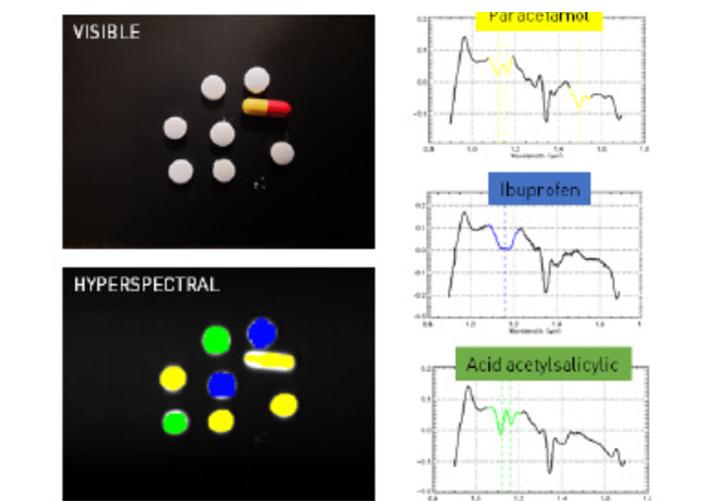
Mixed pills imaged with a visible camera and with a hyperspectral imaging system (false colour display). Courtesy of First Light Imaging.
Contact Our Application SpecialistsSpectroscopy in the SWIR region can be used to characterise the optical and electronics properties of a wide range of novel engineering materials in the field of solar cells, quantum sources and nano-lasers, optical probes and functionalised molecules for biosensing (using the deeper probing properties of infrared photons in biological media), or Carbon Nanotubes and graphene-based nanostructures.
Impurities/doping, structural stress and defects, emission/absorption properties, bandgap measurement can be probed by a variety of techniques including photoluminescence, electroluminescence, cathodoluminescence, or 1064nm Raman.
The iDus InGaAs spectroscopy detector series offers high sensitivity and high dynamic range detection capabilities from 1-1.7 μm or 2.2 μm. Combined with Andor Kymera/Shamrock spectrographs, cryostat solutions and UV-NIR spectroscopy detectors, it provides seamlessly configurable workhorse platforms to cater for setups with multiple type of spectroscopy modalities and/or material types.
Optical spectroscopy can be used to probe the makeup, transformation processes and behaviour of chemical species in different environments.
1064 nm laser-based Raman diagnostics can be used as a way to greatly minimise unwanted, competing autofluorescence contribution from some organic-based species. Singlet oxygen spectroscopy (with peak emission around 1,270 nm) can be used to probe photochemical reactions.
The iDus InGaAs spectroscopy detector series offers high sensitivity and high dynamic range detection capabilities from 1-1.7 μm. Combined with Andor Kymera spectrographs, cryostat solutions and UV-NIR spectroscopy detectors, it provides seamlessly configurable workhorse platforms to cater for setups with multiple type of spectroscopy modalities and/or material types.
Andor’s C-RED SWIR imaging camera series deliver the ultimate in high-speed solutions, truly market-leading right across the whole product range.
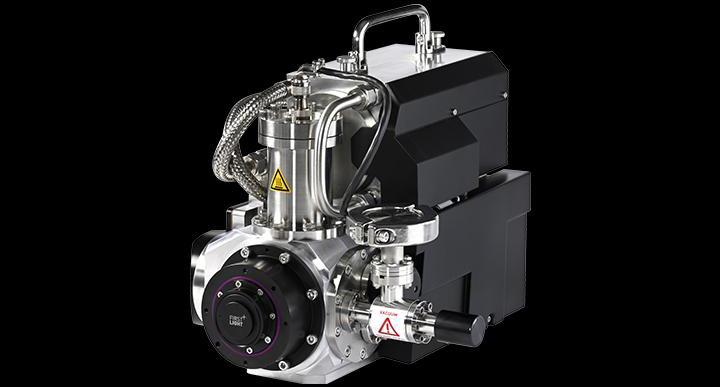
The flagship C-RED One e-APD MCT detector delivers single photon sensitivity at an incredible 3500 fps. The ideal SWIR detector for Adaptive Optics.
Need a super-fast, single photon sensitive Visible detector? See OCAM²!
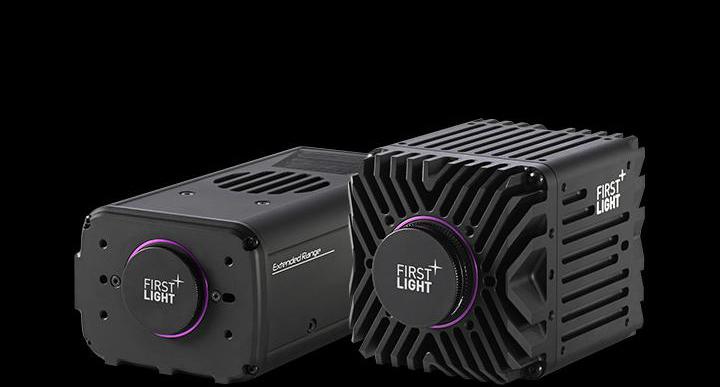
Andor’s InGaAs series of SWIR cameras all deliver market-leading 600 fps. When it comes to high-speed, the C-RED 2, C-RED 2 Lite, C-RED 3 and C-RED New Space platforms all excel, ideal for interferometry, hyper-spectral imaging and much more.
Need a high-speed, high-resolution, high-sensitivity UV/Visible detector? See the C-BLUE camera platform!
Whether you need single photon sensitivity or reduced thermal noise for longer exposures, Andor’s C-RED SWIR imaging camera series deliver excellence in low light SWIR solutions.
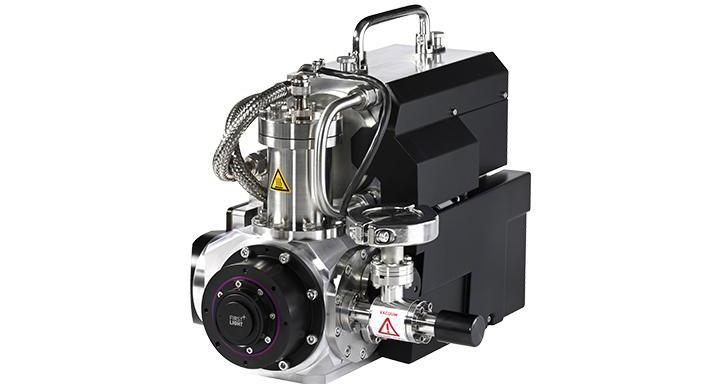
The C-RED One detector uses innovative e-APD MCT sensor technology, delivering single photon sensitivity from on-chip electron multiplying HgCdTe architecture. Covering a wavelength range from 0.8 µm to 2.5 µm, the platform also benefits from cooling to 90K to minimize thermal events.
Need a single photon sensitive Visible detector? See iXon EMCCD and OCAM² EMCCD!
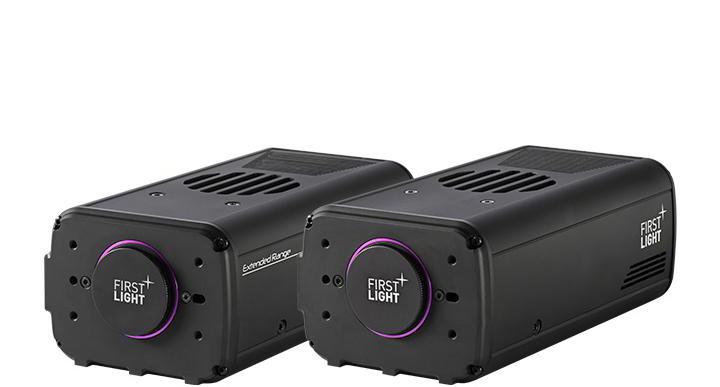
Andor’s C-RED 2 and C-RED 2 ER InGaAs cameras benefit from deep thermoelectric cooling, reducing darkcurrent to below photon background levels (in the SWIR domain), for longer exposure applications. Complemented by very competitive low read InGaAs noise levels.
Ideal for astronomy, carbon nanotube research, semiconductor inspection, spectroscopy, singlet oxygen detection and much more.
Need a high-sensitivity, high-resolution UV/Visible detector? See Andor’s sCMOS camera platforms!
Imaging and accurately quantifying all detail is often key. In some environments, scenery can be over-illuminated or details can be hidden. In scientific imaging, it can be important to quantify signal over a huge range of intensities within a scene, without compromising measurement speed.
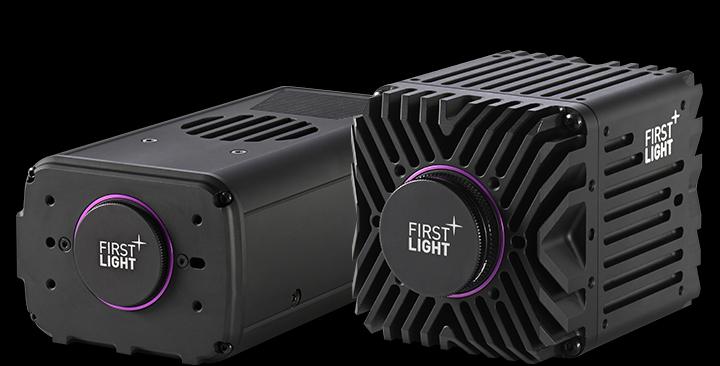
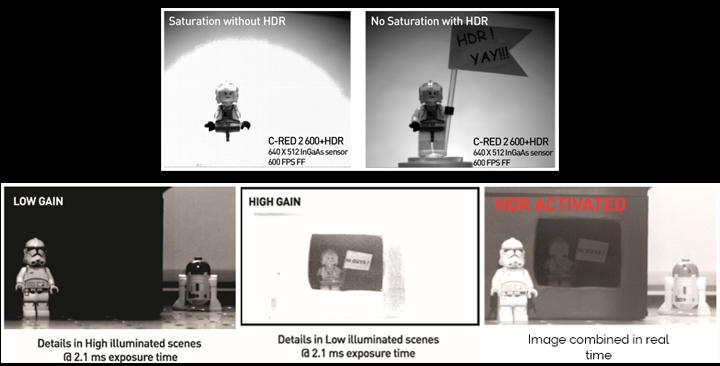
Andor’s C-RED 2, C-RED 2 Lite and C-RED 3 InGaAs cameras offer a unique High Dynamic Range mode, where the signal from the high and low capacities are linearly combined using a patented sensor readout method, allowing the camera to reach a dynamic of 93.6 dB with true 16 bits linear response, while maintaining a high frame rate of 600 fps.
Ideal for surveillance, inspection, hyperspectral imaging and much more.
Need a high dynamic range UV/Visible detector? See Andor’s sCMOS camera platforms!
Andor offer compact and cost-effective SWIR InGaAs solutions for high-throughput inspection, surveillance, laser beam profiling, thermography, hyper-spectral imaging and much more.
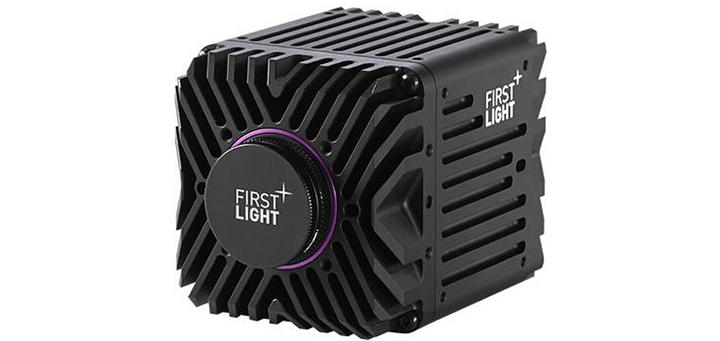
C-RED 2 Lite is a compact high speed low noise TEC-stabilized SWIR camera, able to run at 600 FPS with 30 electrons readout noise. C-RED 2 Lite uses an optimized algorithm for precise sensor temperature stabilization, despite unavoidable environmental fluctuations, over extended periods of time.
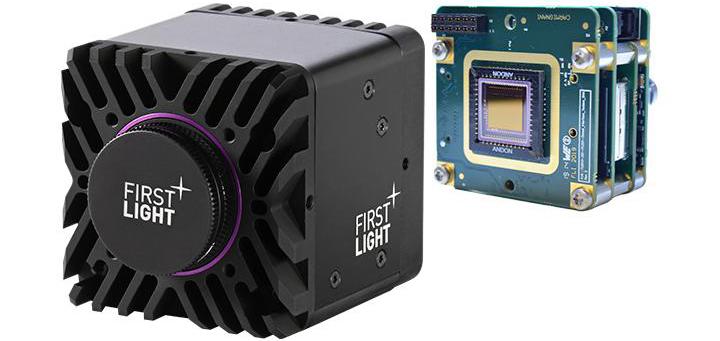
Specially designed for short exposure time applications, C-RED 3 is a very compact high-speed VGA uncooled camera for SWIR imaging to 1.7 µm at up to 600 fps. C-RED 3 also benefits from real time Adaptive Bias for image quality uniformity in any variable temperature environment.
Need a compact Visible detector? See Andor’s ZL41 Wave sCMOS camera!
© オックスフォード・インストゥルメンツ 2025

 Powered by Bioz
Powered by Bioz